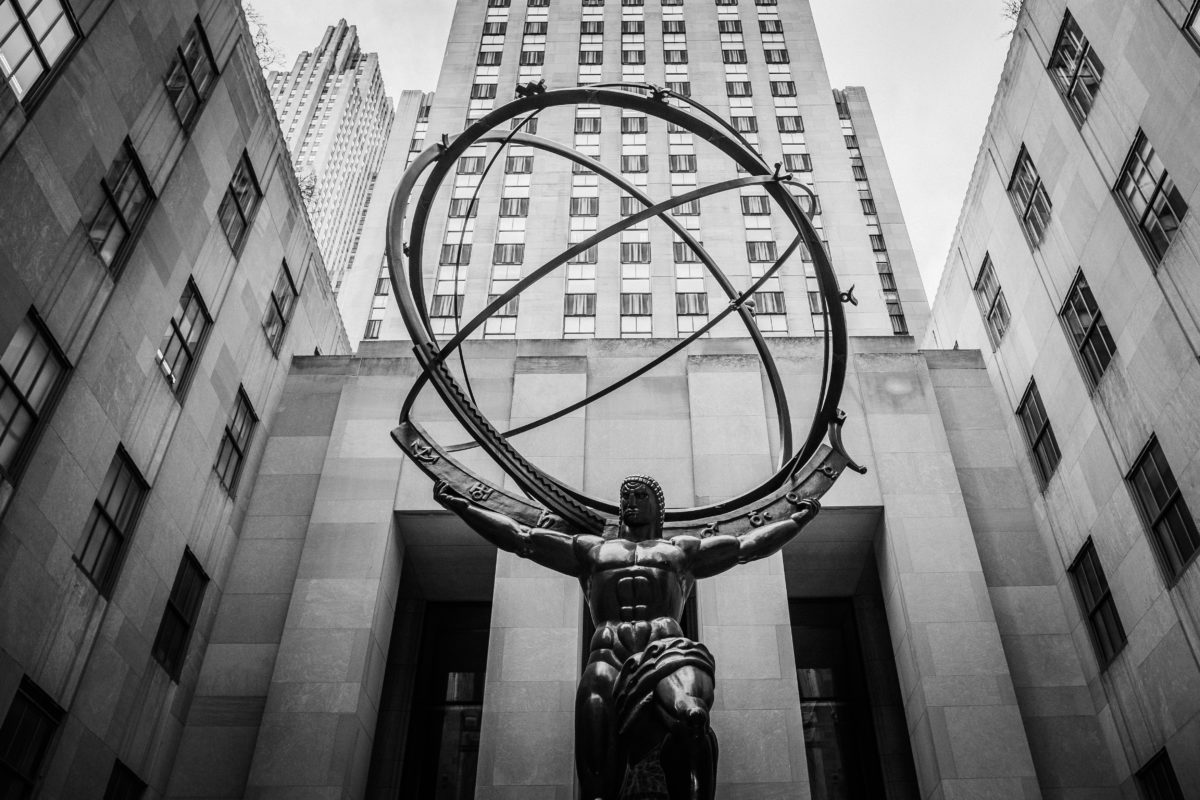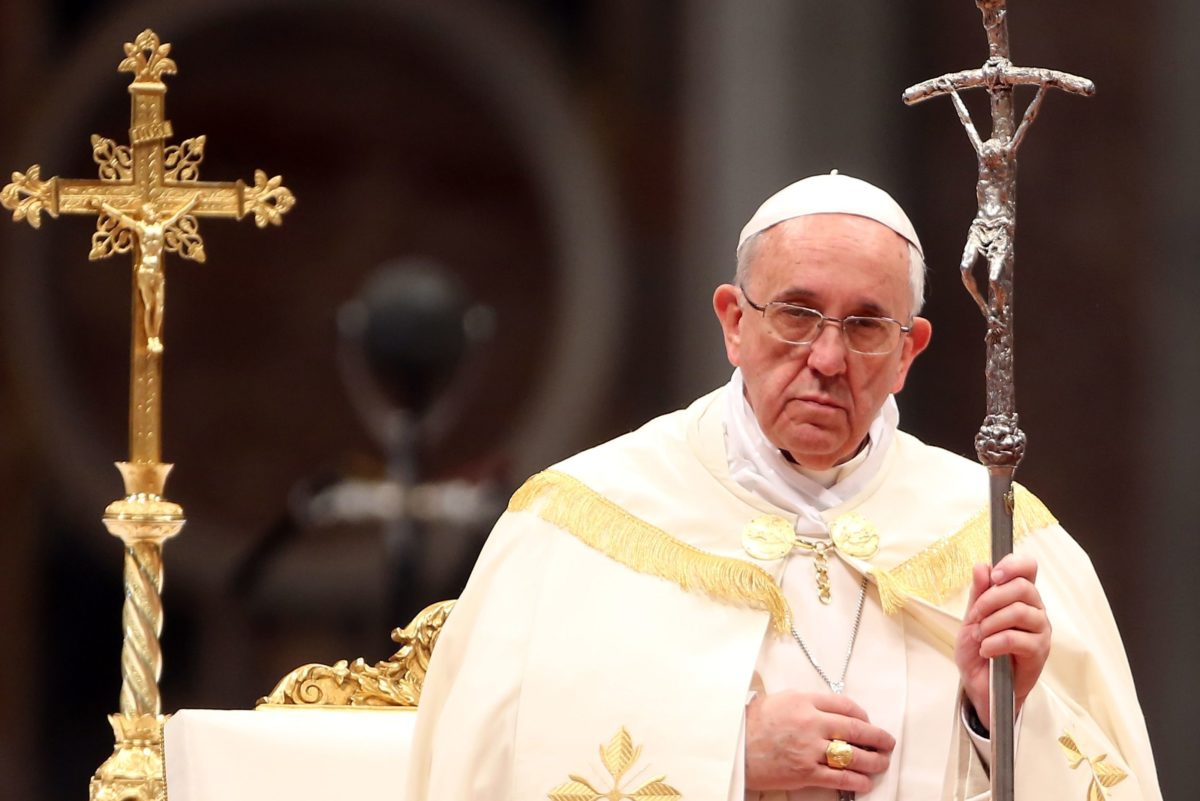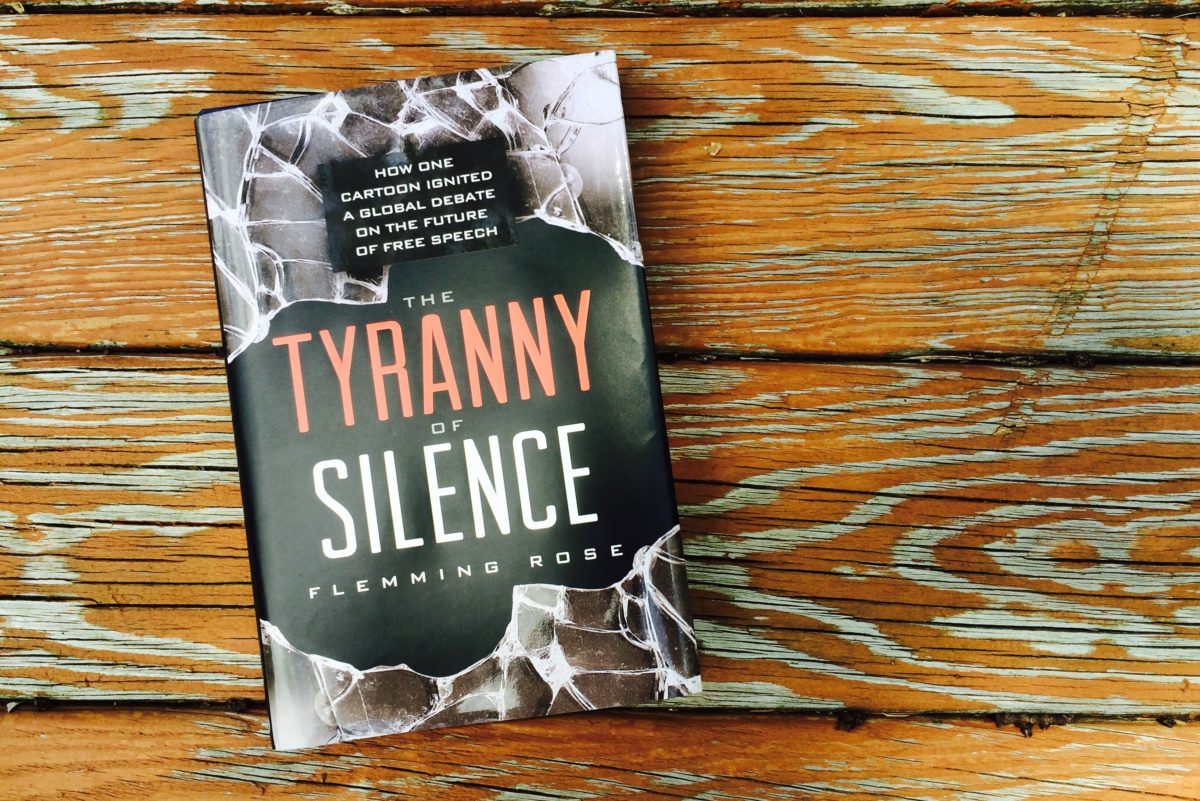By now few of our readers have eluded the fairy dust that has settled all over the world since Harry Potter first cast its spell. This summer Rowling seemed to have yet again bewitched entire populations, as young and old, rich and poor, college professors and elementary school kids all stormed the bookstores at midnight on July 16th to get their hands on the sixth installment of the series.
J. K. Rowling’s Harry Potter series, as few need reminding, tells the story of a teenage wizard who tackles the kinds of challenges that confront “real” children in grade school–unfair teachers, school bullies, demanding sports, overwhelming homework loads–in the midst of an epic battle, fought with wands and witchcraft, between good and evil.
The allure of Harry Potter has held its diverse audiences entranced for years. The series’ first three installments maintained top positions on the New York Times adult best seller list until the Times deliberately removed it. Numerous sources, including Publisher’s Weekly, maintain that Harry Potter is “the fastest selling book in history.”
But what is all the fuss about? Why the universal appeal of what appear to be children’s fantasy books?
A clue to the answer lies in the explanations put forth by two prominent ideological camps that are usually butting heads in the ongoing “culture war:” Christians and Leftist academics.
Despite many fundamentalist Christians’ opposition to the series (on charges of seductive witchcraft) many Christian scholars have joined postmodern intellectuals in confessing their “addiction” to Harry Potter. In so doing, both sides have volunteered lengthy analyses defending the books–often against their own ideological kind.
John Granger, a “traditional Christian” by his own description and author of multiple books praising Harry Potter, claims that the source of the books’ popularity is “their ability to meet a spiritual longing for some experience of the truths of life, love and death taught by Christianity but denied by a secular culture” (Looking for God in Harry Potter). Granger argues that Harry’s moral universe offers a stark alternative between good and evil and nurtures the reader’s confidence in the benevolent divine. For instance, in every climactic encounter between Harry and his mortal villain, the evil Voldemort, Harry’s great capacity to love and his loyalty to the good are decisive factors in his victory.
More broadly, as Christian Potter fans point out, Harry’s moral choices are essential ingredients in his struggle for survival throughout the books. Granger likens the series to C. S. Lewis’ Chronicles of Narnia–which is well known for being infused with deliberate Christian allegories. Francis Bridger, a theologian and pastor, maintains that “like Lewis, Rowling is an intensely moral writer” (A Charmed Life: Spirituality in the Stories of the World’s Most Famous Seeker).
On the other hand, the same Christian authors seem hesitant to claim that Rowling’s morals are particularly Christian–or even religious–in nature. Bridger, even while drawing parallels between Lewis and Rowling, admits that “unlike Lewis’s world of Narnia…the symbols, issues, and plots used in the Potter books, and the issues dealt with, are more complex . . .” In what way are Rowling’s ethical lessons “complex,” then, despite their portrayal of good and evil as absolutes?
Unlike stories written to instruct kids in Judeo-Christian morality, the Potter books see Harry rewarded, not for adhering to the rules of his elders and authorities, but for defying them. As Connie Neal explains in What’s a Christian to Do with Harry Potter?, “If one is looking for a simple message of ‘Don’t break the rules!’ forget the Harry Potter books.” (p. 179).
For instance, to rid Hogwarts of the menacing beast that terrorizes students in Chamber of Secrets, Harry and his friends break countless rules, such as taking a teacher hostage when he threatens to upset their plan of rescuing their classmates. Their criterion for action is not “what does the Bible say?” but: “what actions must we take to save our friends?”
Christian authors cite the books’ portrayal of love as the hallmark of Harry’s morality. But unlike the Christian love extolled in the Sermon on the Mount, Harry’s love is not unconditional; his affection, like that of his headmaster Dumbledore, must be earned. It is his dearest friends and most loyal supporters, like Ron, Hermione, and Sirius, in whom he invests his love. Harry’s love certainly does not extend to his enemies. He values neither Professor Snape nor the bully Draco Malfoy, and he burns with positive loathing for those–like Voldemort and Bellatrix LeStrang–responsible for murdering his loved ones.
Unlike the selfless, dutiful Aslan–the lion hero of Lewis’ Narnia tale who lets himself be butchered in a Christ-like sacrifice–Harry’s developing virtues are egoistic. Rather than running counter to his selfish, practical concern for the joys of this world, his virues actually further his enjoyment by guiding him to protect himself and those he loves.
Besides, if the Potter books’ “ability to meet a spiritual longing” is what accounts for the books’ wild popularity, then why have C. S. Lewis’ books never approached Rowling’s unprecedented sales records? And if it isn’t some alleged religiosity in the books, then what is it that makes Harry’s world so irresistible?
Most of the secular intellectuals who have tackled the success of the Potter series have an answer. They point not to the books’ spiritual guidance, but to their grimly vivid realism. Unlike the many Christian fans who emphasize the moral clarity and the victory of the good in Harry Potter, academic critics theorize that the books’ appeal stems from their real-world complexity and moral uncertainty.
Amanda Cockrell, a literature professor at Hollins University, observes that Rowling “has departed from the imaginary into the real” (Harry Potter and the Ivory Tower). “She has abandoned the realm of high fantasy and laid her story in contemporary England, rather than in the imaginary and medievally flavored otherworlds of Middle Earth or Earthsea.” Indeed, wizards shop, commute in trains, and, of course, attend grade school.
Edmund Kern, an assistant professor of history at Lawrence University who wrote a book in praise of Harry Potter (The Wisdom of Harry Potter), is particularly fond of its “merg[ing] the fantastical and the mundane.” As Kern observes, “[young readers] encounter…drunkenness and violence. Life is not pristine. The death of a likable, righteous character proves that acting morally is hard-won and that being good does not guarantee being rewarded.” In a similar vein, Maria Nikolajeva writes in “Harry Potter–A Return of the Romantic Hero” that “the appeal of Harry is exactly that he is…an ordinary clumsy and bespectacled boy….A boy who is disobedient and curious….He is not above playing dirty tricks on his foster family by using magic, and he does not hesitate to wear the invisibility [cloak] to sneak around like a typical…trickster.” By contrast, she criticizes the standard “fairy-tale heroes,” whom she critically describes as “possess[ing] a standard set of traits: strong, brave, clever…” and whose “moral qualities are impeccable.” For Nikolajeva, Harry is only part-hero, but part-typical (and recognizeable) teenage boy.
Yet even while extolling its “mundane” qualities, the academics admit that Harry Potter is not “the boy next door,” and that the magical world hardly resembles grim routine. Nikolajeva, even while differentiating Harry from the standard “fairy-tale heroes”–such as the children of C.S. Lewis’s stories–admits that Harry is “brave, kind, and he has a strong sense of justice.” In contrast to the relativistic, ambiguous characters of many modern children’s stories, Harry Potter represents “the fortunate attempt to reintroduce the romantic [hero] into children’s fiction.” Though intellectuals like Nikolajeva do not focus on Harry’s moral virtues, they cannot help observing that he exhibits them.
Furthermore, despite all the teenage awkwardness and looming threats, Cockrell observes that Rowling possesses a quality “unusual in a tale with as dark a theme as hers: she is funny.” From fat ladies moving around from portrait to portrait, to the not-quite-decapitated Gryffindor ghost, Nearly Headless Nick, even the darkest moments in Harry Potter are colored by light-hearted humor and imaginative anomalies.
So, one cannot help wondering, what is it that so magnetically draws readers back to Harry’s world? The moral heroism, or the gritty reality of life?
Perhaps the quickest way to the answer is to ask Harry’s most devoted and ideologically unprejudiced fans–the kids.
Kathleen Malu, an education professor and mother of two, did just that (Harry Potter’s World): she interviewed her 12-year-old son’s classmates, who were halfway through reading the second book in class. One, named Tia, responded: “When I was reading I was thinking about school and which teacher was like my teacher in the story. I had a teacher like Professor Snape at my old school.” Across the country, a fifth-grader named Alaina wrote a thank-you letter to Rowling, explaining: “When I thought about it, I knew I wanted to be like [Hermione Granger]. I knew the grades that I wanted were like Hermione’s marks. So I thought, ‘Hermione, I shall be.’ Wow!…My life had suddenly changed. From F’s and D’s to A’s and B’s, I really felt successful. I enjoyed learning new things. I had nice friends….I loved school, but most of all, I loved to read!”
Alaina, like Tia, recognized the familiar and realistic in Harry Potter: the grades, the teachers, the search for loyal friends. But in those familiar features, she also saw an inspirational moral message. The world of Harry Potter resembles our world–it confronts its characters with the same dilemmas, struggles, and choices. But the way Rowling portrays those experiences, far from being mundane and random, is in fact dramatic, exciting, and spiritually fulfilling: it inspires kids (and adults) to seek the excitement and thrill of discovery in their own lives.
Kids emulate Harry and Hermione not for their Christian orthodoxy (which they prominently lack), but for the practical lessons they learn about earning good grades, forming successful relationships, and living happy, fulfilling lives. The practical values they pursue (such as friends, good grades, and innocent teenage antics) are the ends to which their virtues (like justice, self-control, and independence) are the means. In short, Harry’s morals are practical; they enhance his life in the real world, an idea that neither the Commandment-abiding Christians nor the morality-shunning Leftist intellectuals today would recognize.
Harry Potter offers a world where the physical details of reality and the sublime concerns of the spirit, two elements so hopelessly at war in our culture, are united. That the books resonate with such a vast cross-section of the culture, cutting across politics, ideology, and age, suggests a basic and universal truth–that virtue is practical, the real world is dramatic and exciting; and in the real world, we can be heroes.
Gena Gorlin is a sophomore enrolled at Tufts University and the New England Conservatory.




